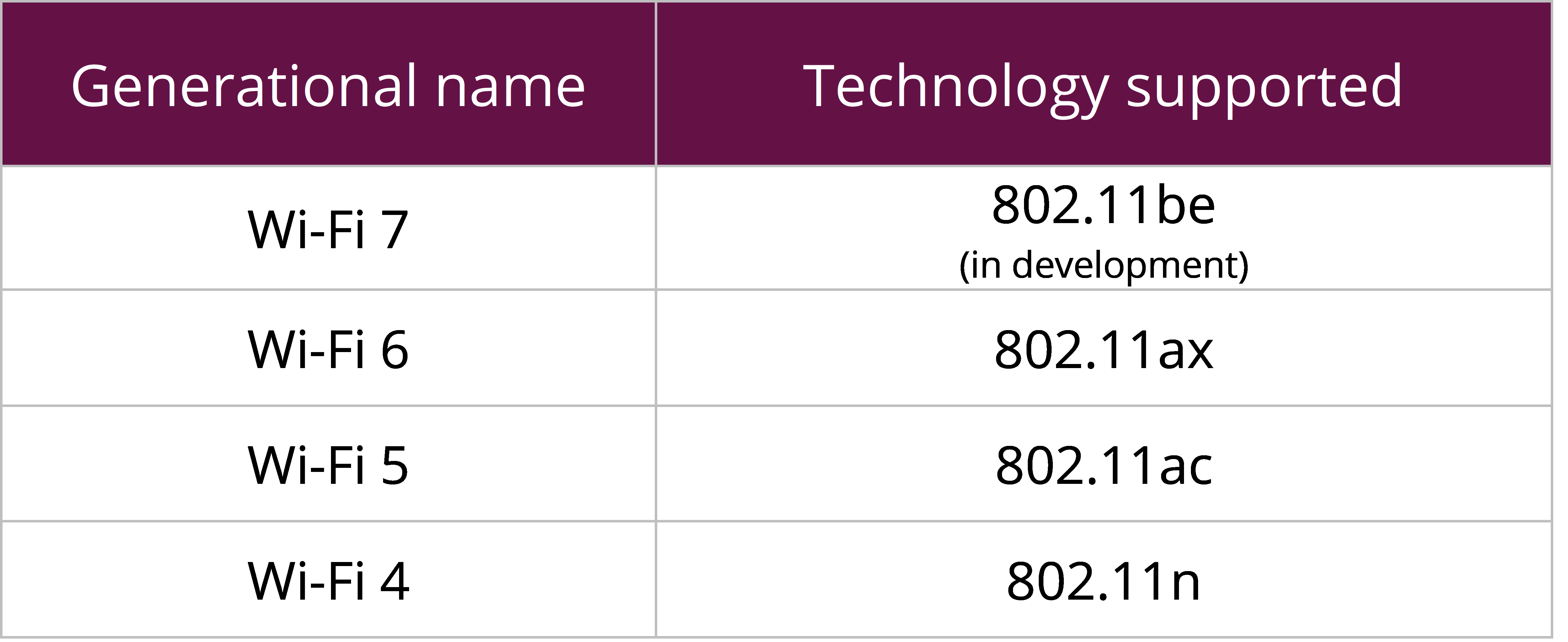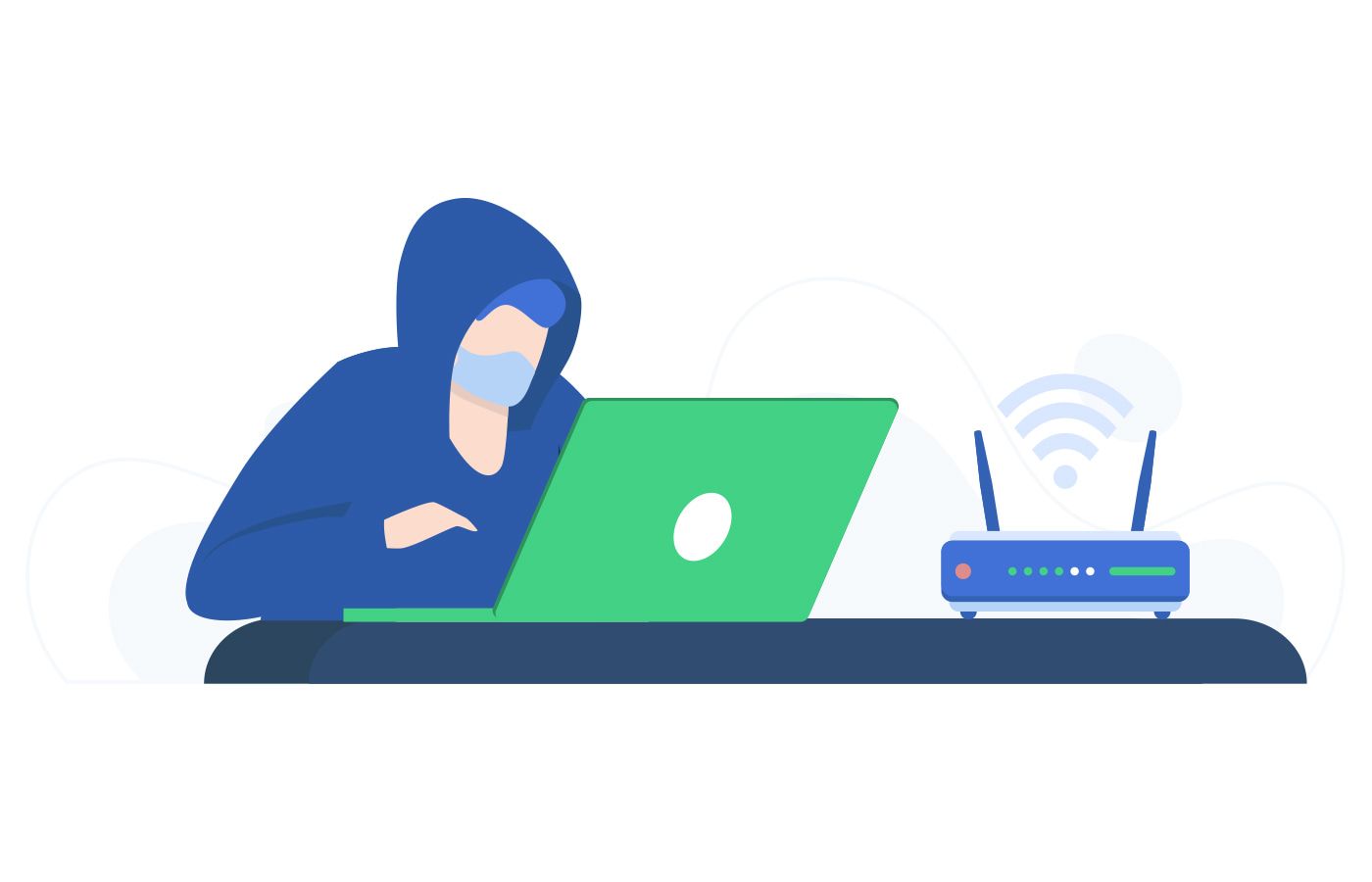

Public WiFi is also vulnerable to security attacks because there is no authentication process in place on the network you connect to. What’s more, there is no guarantee that someone else will not be using your connection while you are using it. The person that connects to the network might not even be using it for themselves when other people are using it.ģ) Security: There are many security risks related to public WiFi usage such as someone stealing your personal information while you’re logged in, hackers trying to hack into your device’s data,Ĥ) Attacks: When someone uses public WiFi, they are effectively giving up their privacy to the access point’s owner. This article explores five major privacy risks associated with public WiFi.ġ) Anonymity: Users may not know who else is connected to the network, what their computer’s IP address is, or what they are doing online as they read articles or visit websites.Ģ) Accessibility: Anyone near the network may access it and use it as if it were their own. Public WiFi networks can provide a lot of benefits and convenience for users and businesses, but they come with some privacy risks. This is because most WiFi routers don’t encrypt traffic between their Internet gateway and the devices on their network. If you’re using WiFi at a cafe, airport, or hotel, it’s possible that the owner can see what sites you’ve visited by looking at your connection history. It hides your browsing history and other information, such as cookies, from your internet service provider (ISP) and any website you visit. Incognito Mode is a feature of Google Chrome, Safari, and Mozilla Firefox that allows you to browse the web anonymously. Unfortunately, your ISP is able to track your internet browsing history in order to provide you with a more personalized service.

As a matter of fact, it is impossible for the owner of the wifi to see what you are doing if you’re using incognito mode as history gets deleted when people close the browser. This feature, which lets the network monitor all web browser activities on a particular device, is turned off by default in most devices these days. Usually, your home wifi owner cannot see anything you do in incognito mode unless the user has enabled “browser history logging”. But what about your wifi? How do you know if your home wifi can see what websites you visit when you are in incognito mode? With so much of our lives online, we’re always having to worry about what we’re sharing and what we’re not.


It seems like privacy is getting more and more difficult to come by these days.


 0 kommentar(er)
0 kommentar(er)
